
Frederick Joseph Harris of Mystic CT, passed peacefully at 5:47PM on 10/24/2025, with his family by his side. “Fred” was born on 11/25/1944 at Framingham Union Hospital to Frederick Everett and MaryRosa Camilla Harris.Fred was a proud patriot who loved his country. Fred received his bachelor’s degree in Marine Engineering from Maine Maritime Academy (with Honors) in 1967.

The investigation into why a Mexican Navy training ship struck the Brooklyn Bridge on Saturday, shearing the top of its masts, will look into a possible engine failure and the role of a tug boat that assisted it in backing out of its pier, officials said on Monday.The ship's engine was the key focus for the National Transportation Safety Board, said Brian Young
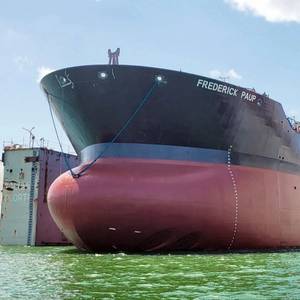
Manson Construction has long been a pillar of the U.S. maritime industry, rooted in a tradition of U.S.-built, U.S.-owned, and U.S.-operated vessels. The company was founded in 1905 by Peter Manson, when he dug up a jar of gold coins [because he didn’t trust the banks] and purchased a winch, a winch that was then put on a barge and that became Manson's first pile driver.
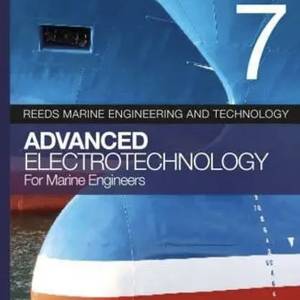
Christopher Ralph Lavers and Edmund G. R. Kraal have released a new edition of their volume 7 book, Advanced Electrotechnology for Marine Engineers - Reed's Marine Engineering and Technology Series. Copies can be purchased here.

In Memoriam: Captain Charles Robert MacVean, USN, (Ret.), PhDMarch 22, 1937 – September 10, 2025The book, Blind Man’s Bluff, describes the secret USN submarine operations known as “The Projects.” It begins with the opening line, “There was something about Commander Charles R. MacVean that had a way of inspiring legend.
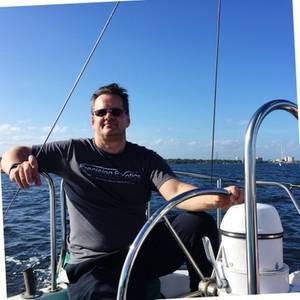
The United Seamen’s Service (USS) announced that the 56th annual Admiral of the Ocean Sea (AOTOS) Awards will honor three champions of American maritime: Captain Willie Barrere, National President of American Maritime Officers; Edward F. Hanley, Chief Operating Officer of Maersk Line, Limited and Vincent J. Marino, Chief Executive Officer of CMC-ITI-CCS.

The U.S. Virgin Islands (USVI) is involved in a proposal that aims to create a US international ship registry domiciled in the U.S. territory, the island's governor said.President Donald Trump's administration is considering the proposal as part of efforts to enlarge the tiny commercial shipping fleet flying the American flag, sources familiar with the matter told Reuters last week.
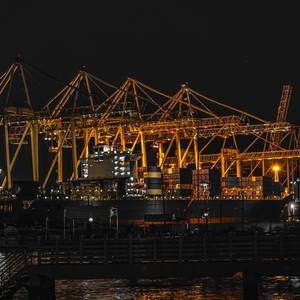
The $5.4 trillion global maritime industry faces a perfect storm of cyber vulnerabilities, and a new government regulation aims to be the lighthouse guiding stakeholders to safer digital harbors.On January 17, 2025, the US Coast Guard (USCG) published a final rule titled “Cybersecurity in the Marine Transportation System
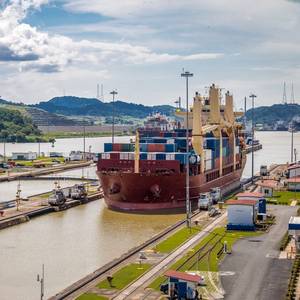
China's presence around the Panama Canal is a national security concern that Panama's government has to deal with, Mauricio Claver-Carone, the U.S. special envoy for Latin America, said on Friday, ahead of U.S. top diplomat Marco Rubio's visit to the country.Rubio will depart on Saturday on his first foreign trip

Singapore and India have signed a Letter of Intent (LOI) to cooperate on maritime digitalization and decarbonization.The LOI was inked by Teo Eng Dih, Chief Executive of the Maritime and Port Authority of Singapore, and R. Lakshmanan, Joint Secretary of the Ministry of Ports, Shipping and Waterways (MOPSW) of India.
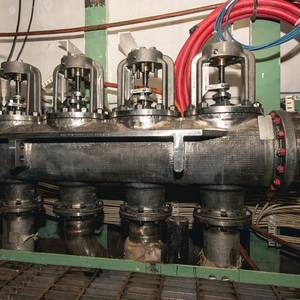
HII has announced that shipbuilders at its Newport News Shipbuilding (NNS) division have successfully installed the first valve manifold assembly created by 3D Printing (additive manufacturing) on a new construction aircraft carrier.The valve manifold assembly, a specialized assembly that allows distribution of a single source of fluid to multiple points on the ship
The crew of the U.S. Coast Guard Cutter Waesche (WMSL 751) will offload approximately 37,256 pounds of cocaine, valued at over $275 million, at 1:30 p.m. on Thursday at the 10th Avenue Marine Terminal in San Diego.The seized contraband is the result of 11 separate interdictions of suspected drug smuggling vessels off the coasts of Mexico, Central America